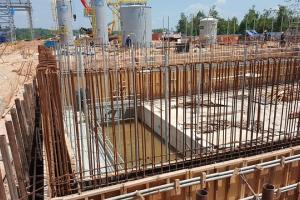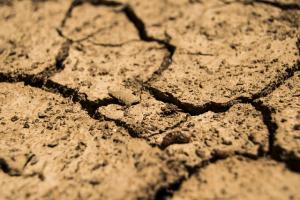Offshore Concrete Piles Construction
Pile foundations of various types, sizes, shapes, and materials are part of every other structure in the world. Pile foundations are often subject to both axial and lateral loads. Piles that sustain lateral loads of significant magnitude occur in offshore structures, waterfront structures, bridges, buildings, industrial plants, locks and dams, and retaining walls. The lateral loads on piles are derived from current forces from flowing water, earth pressures, wind pressures, earthquakes, impact loads from barges and other vessels, hurricanes, and moving vehicles.
It is a well-known fact that concrete is very strong in compression compared to soil and therefore, under axial compression loads on concrete piles, soils reach their ultimate capacity much before the concrete. However, due to weak tensile and flexural strength of concrete, lateral load-deflection behavior of concrete piles depends significantly on material properties of the piles.
Concrete components of offshore projects:
- Huge cast-in-place gravity structures, such as re-curved seawalls and roadways
- Large components that are cast and then moved into position, such as caissons
- Smaller components that are assembled into a larger coastal structure, such as concrete armor units, pre-stressed piles, and beams
Concrete Properties to qualify its use in offshore construction:
- High workability for ease in placement
- High slump retention for transportation
- Anti-wash properties & cohesive mix
- Low heat of hydration for mass concrete
- Low permeability for better durability
- High strengths like Fatigue strength, Shear Strength, Bearing Strength
Use of HVFAC:
Advantages of High Volume Fly Ash Concrete are mentioned below to understand the importance of this type:
- High Workability due to ball bearing effect of fly ash
- Higher slump retention giving longer open time for transporting concrete into the sea
- Highly cohesive mix giving enhanced anti-wash properties
- Lower permeability
- Less heat of hydration, No thermal cracks
- Protection against sulphate attacks
- Increased long term strength of concrete due to secondary hydration









